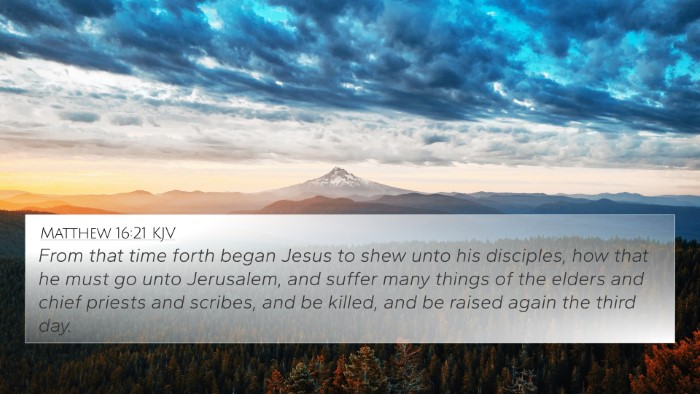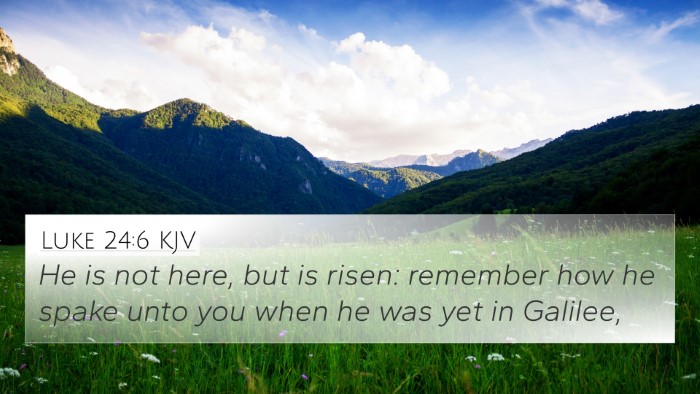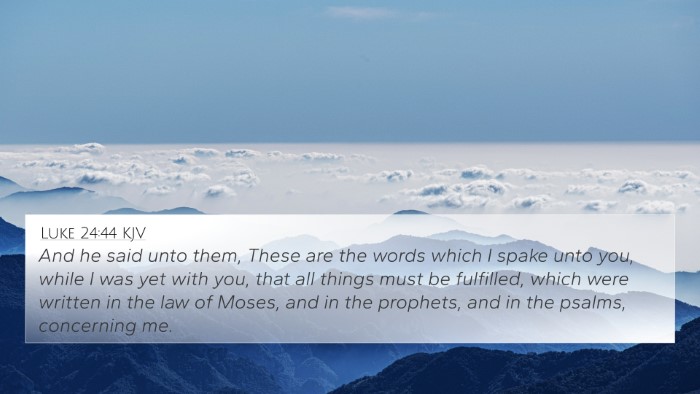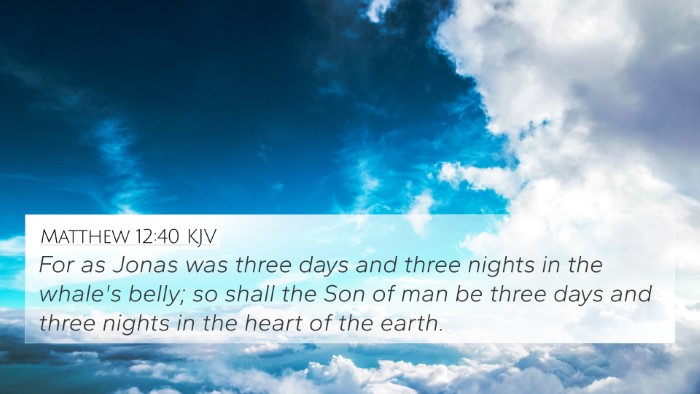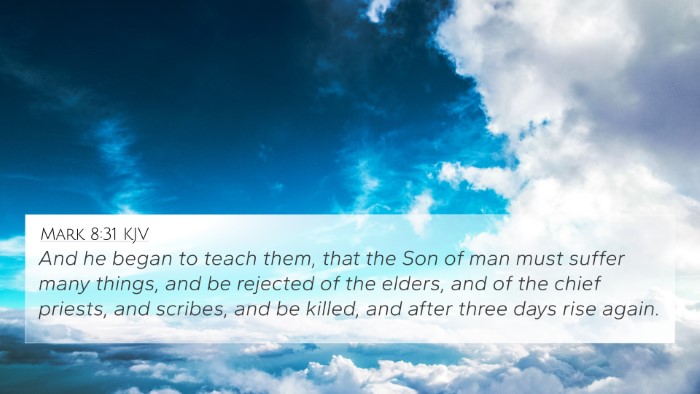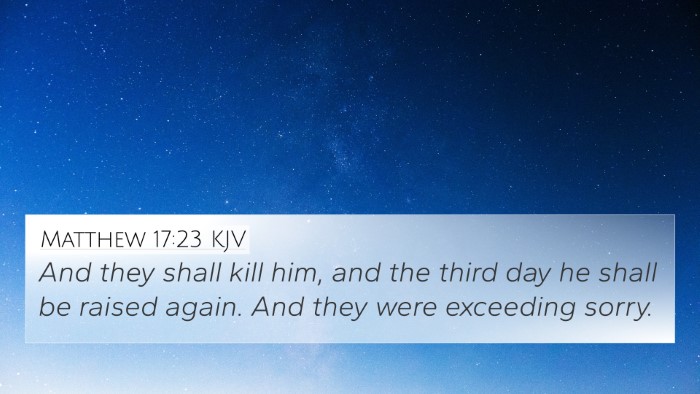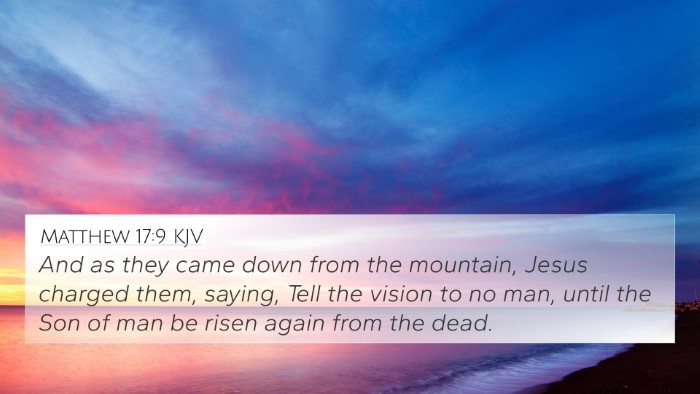Understanding Matthew 28:6
Matthew 28:6 states: "He is not here; for he is risen, as he said. Come, see the place where the Lord lay." This verse captures the moment of the resurrection of Jesus Christ, affirming the fulfillment of His promise and the central tenet of Christian faith.
Meaning and Interpretation
In analyzing this powerful verse, we can draw insights from three esteemed public domain commentaries: Matthew Henry, Albert Barnes, and Adam Clarke. Each provides a rich understanding of its significance.
Matthew Henry's Commentary
Henry emphasizes that the empty tomb is a declaration of Christ's victory over death. He notes that the angels' message reassures the women of the resurrection, reminding them of Jesus’s prediction. These words convey also the assurance that the death of Christ was not the end, but the beginning of eternal life for believers.
Albert Barnes' Notes
Barnes highlights the importance of the angelic message. He points out that the invitation to “Come, see the place where the Lord lay” serves to strengthen the faith of the disciples. The empty tomb illustrates a pivotal moment in Christian theology, signifying that Jesus has overcome death, assuring believers of their future resurrection as promised in scripture.
Adam Clarke's Commentary
Clarke elaborates on the implications of the resurrection. He interprets the resurrection as the divine seal on Christ’s mission and His teachings. The phrase “as he said” indicates the reliability of Jesus’ words, reinforcing the concept that God’s promises are trustworthy. This assurance is essential for the believer's faith and hope.
Cross-References
Matthew 28:6 connects deeply with numerous other scriptures. Here are some key cross-references that enhance understanding and provide thematic continuity:
- John 20:1-9 - The account of the discovery of the empty tomb by Mary Magdalene.
- Luke 24:1-7 - The resurrection narrative, emphasizing the angelic message and its significance.
- Mark 16:6 - Another perspective on the resurrection, confirming the risen Christ is not in the tomb.
- Romans 6:4 - Illustrates the significance of Christ's resurrection in relation to the believer’s new life.
- 1 Corinthians 15:20-22 - Paul discusses Christ as the firstfruits of those who have died, assuring resurrection for all believers.
- Acts 2:31-32 - Peter's bold proclamation of the resurrection on Pentecost, affirming the fulfilled prophecy.
- Revelation 1:18 - Jesus declares Himself as the living one who was dead and now lives forever, emphasizing His continual authority over death.
Thematic Connections
This verse forms a crucial pillar for understanding themes of resurrection and eternal life in the New Testament. Let's explore the connections between Matthew 28:6 and other scriptural passages:
- The Prophets Foretelling: Isaiah 53:10-11 speaks of the suffering servant and the promise of life beyond suffering.
- Faith in Resurrection: John 11:25-26, where Jesus asserts that He is the resurrection and the life.
- Promise of Eternal Life: John 3:16, emphasizing that belief in Him yields everlasting life.
- Assurance of Future Resurrection: Philippians 3:20-21, which reassures believers of transformation through Christ.
Conclusion
Matthew 28:6 is a powerful declaration of hope and fulfillment that resonates throughout scripture. The insights from Matthew Henry, Albert Barnes, and Adam Clarke provide a comprehensive understanding of the resurrection's significance. Using the cross-references and thematic connections, believers can deepen their faith and understanding of the scripture, appreciating the inter-Biblical dialogue that this verse initiates.




